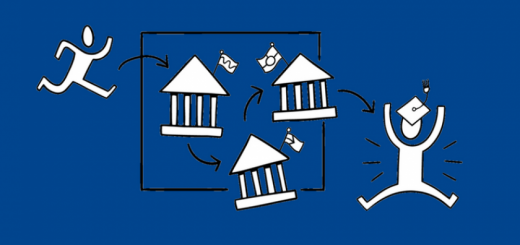Project motivations
We know folk dance is an authentic form of art and enjoyment. It reveals the gist of a whole and definite cultural heritage: it is a concise and effective means of non-verbal communication of the inner feelings, roots and spirit of an entire society.
Nevertheless, at the same time, being dancing a universal message of vital lifeforce and an active vehicle of interaction, it can be a perfect way of undertaking a relationship because of its immediate outcomes.
Similarly, we have seen and experienced various forms of traditional dances from all over the world and, surprisingly, appreciated similarities, in terms of gestures, rituals, movements, rhythms and music, to ours.
Our aim is to find out and analyze the points of contacts among the several folk dances in the European countries engaged in the project, their social roots and how they evolved throughout history.
Students often tend to consider the immediate and up-to-date way of life without reflecting on the past, without assuming “History is teacher of life”.
This lack of knowledge and thoughtfulness can be overcome through this amusing topic, which involves mind and body to achieve, as the saying goes, “a healthy mind in a healthy body”.
Moreover, the project is an opportunity to remove the “generation gap” or, at least, to draw nearer different generations because students will be talking and interviewing elderly on the subject matter.
The idea is making students understand and appreciate traditional values in each country and see how many points of contacts there are in a common and shared authentic European spirit.
Students and teachers will be working on written, video, oral documents in each country to grasp the inner meaning and the historical development of various folk dances.
It is our intention to involve eyewitnesses to gather and to record oral reports. As folk dances are usually performed in festivals, fairs, religious and secular events, we shall take part to these occurrences and collect posters, advertising and “pieces of art” regarding these occasions and happenings.
Thus, our students will have the opportunity to expand their cultural horizons by studying and researching on the issue and, in the same time, they will have the chance to develop their social and cooperating skills together with communicative and different language competences.
In this way, we think we can be more conscious of our affinities, better understand each other, reinforce our links and enhance our empathies in a real mutual European soul. We are sure our students will enjoy working on this appealing issue: learning by… dancing and discovering how much Europeans have in common.


